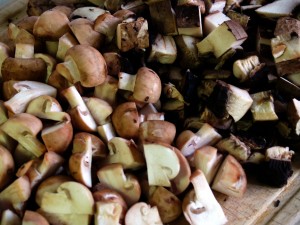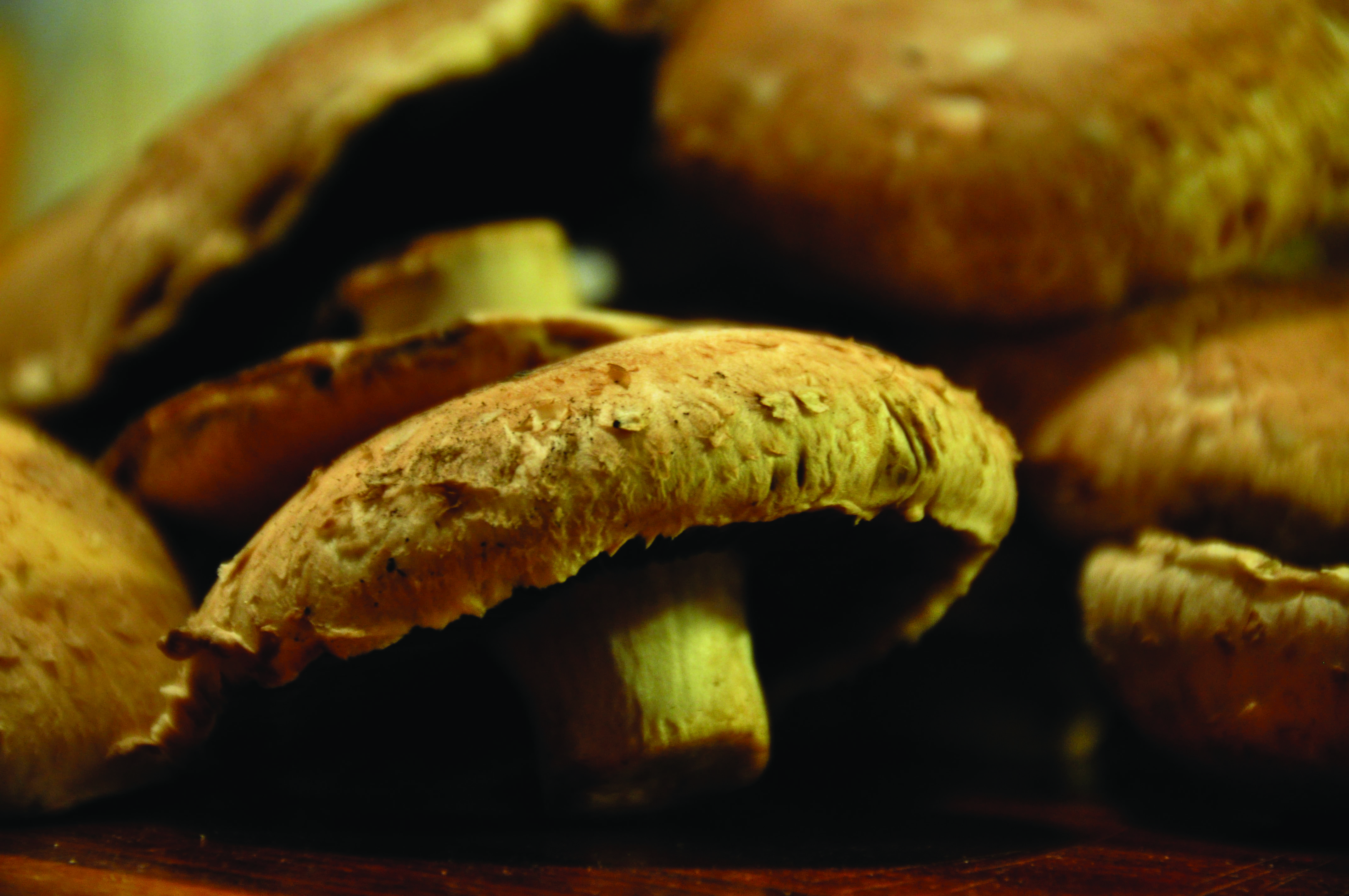It is no secret that manmade technology can cause environmental harm. We see, for example, manufacturing that leaches toxic waste into soil and water. Battery production is no exception: To create the batteries used in electronics and electric vehicles, companies use hard chemicals that damage the environment. To respond to this problem, researchers at the University of California Riverside built a more environmentally friendly battery using a surprising material — the portobello mushroom.

To build their battery, the researchers focused on the anode, towards which negative charges flow. In order to store energy, anodes need a sufficiently large surface area. A standard lithium ion battery has a graphite anode — the material is functional, but purifying and preparing it requires hard chemicals that are both environmentally and financially costly.
To lessen these costs, the researchers at UC Riverside replaced the graphite anode with a low-cost, environmentally friendly material from nature itself: the skin of a portobello mushroom. Physically, the portobello version of a battery looks just like a regular lithium ion one. However, the mushroom material does not do the same environmental damage, nor is it as expensive as graphite. The researchers observed that the skin on the portobello’s cap contains many pores in a ribbon-like structure that afford a vast surface area. By heating the skin to temperatures as high as 1,100 degrees Celsius, they could dramatically increase the amount of empty space, or porosity, in the structure. With this, the energy capacity of the battery also grew.
And these bio-derived batteries do more than just mitigate environmental and economic costs of production. Compared to their graphite counterparts, they offer better performances and longer lifetimes. Portobello mushrooms contain high levels of potassium salt, which activates pores and increases the structure’s surface area as the battery repeatedly charges and discharges. As a result, run times for devices running on portobello batteries may actually increase with repeated use. In contrast, the run times for devices reliant on graphite anode batteries decrease with use.
With these improvements, portobello batteries have significant implications for the future, especially given the increased prevalence of electronics and electric vehicles. For example, cell phone batteries may be able to better withstand frequent charging, according to Brennan Campbell, a graduate student in the materials science and engineering program at UC Riverside. “With battery materials like this, future cell phones may see an increase in run time after many uses, rather than a decrease,” Campbell said to UCR Today.

Portobello batteries are also promising for the future of electronic vehicles. By 2020, an estimated seven million of these vehicles will be in operation in India alone. If traditional graphite anode batteries were used for all of these vehicles, the raw graphite needed would weigh around one million metric tons, and would require a proportional amount of hard chemicals. Utilizing portobello mushrooms for the anode material could totally eliminate the use of these hard chemicals.
Portobello batteries would decrease the risk of environmental damage associated with improper disposal of chemicals used in the manufacturing process. Chemicals used to produce lithium ion batteries include hydrofluoric acid, which can cause severe respiratory damage in organisms, as well as sulfuric acid, which is toxic to aquatic life and contributes to acid rain. Using batteries that integrate mushroom material would mitigate much of the damage caused when these chemicals are accidentally released into ecological systems.
As researchers develop new battery technologies, it is just as important to focus on quality as environmental impact. Portobello batteries address both these goals simultaneously. There are of course limitations, but this new design for a battery presents an exciting direction for future research and development. Batteries have countless applications today, and the scale of their use will only increase in the future. So, the next time you sit down with portobello mushrooms in your salad, keep in mind that you might be eating the anode of a future battery.
Cover image: Portobello mushroom material helps build a more environmentally-friendly battery in recent research from the University of California Riverside. Image courtesy of cyclonebill/Wikimedia Commons.

